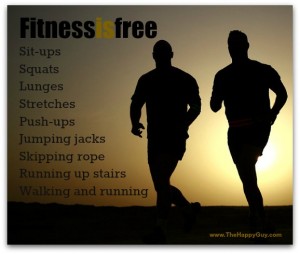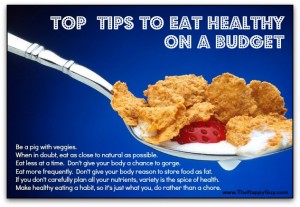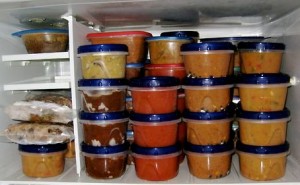Almost everything you do costs money. But there is almost always a way to save money. Here are ways to save money with your towels.
A while back, I wrote about how to save money, time and the environment by washing pajamas more rationally. You can read the article here.
Today, I am going to save you even more money on laundry through the magic of simple mathematics. I know, you thought that graduating high school meant never having to do math again, but I will walk you though it step by step. [Read more…]













 Many people buy the same items week after week. This makes sense for milk and eggs; they would spoil if you buy them months in advance. But for many things, it makes no sense to make hundreds of trips to buy the same thing.
Many people buy the same items week after week. This makes sense for milk and eggs; they would spoil if you buy them months in advance. But for many things, it makes no sense to make hundreds of trips to buy the same thing.
 We buy things all year ’round, even things that could last quite a while. Apples and squashes are plentiful and cheap in the Fall, but keep well in a cool corner of the basement or garage for months. Some items are overstocked after Christmas. These are the times to buy.
We buy things all year ’round, even things that could last quite a while. Apples and squashes are plentiful and cheap in the Fall, but keep well in a cool corner of the basement or garage for months. Some items are overstocked after Christmas. These are the times to buy.